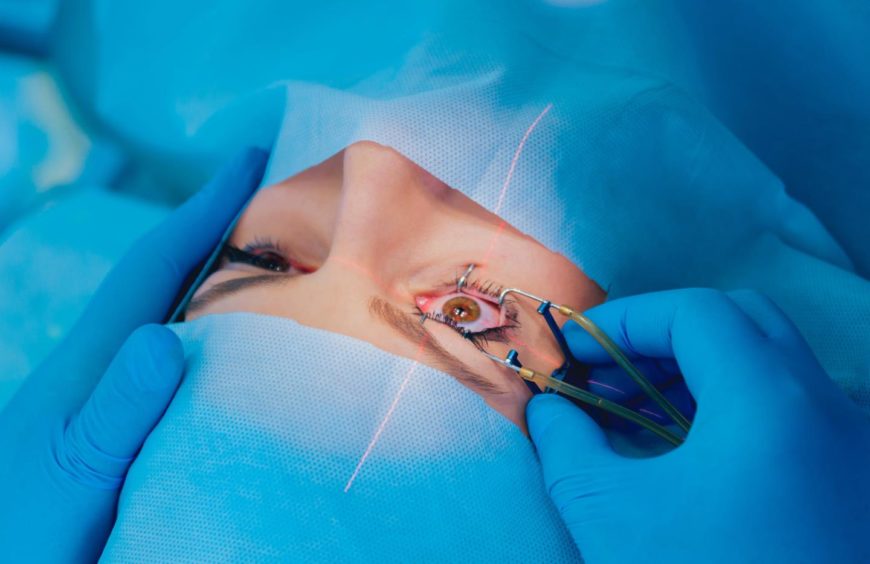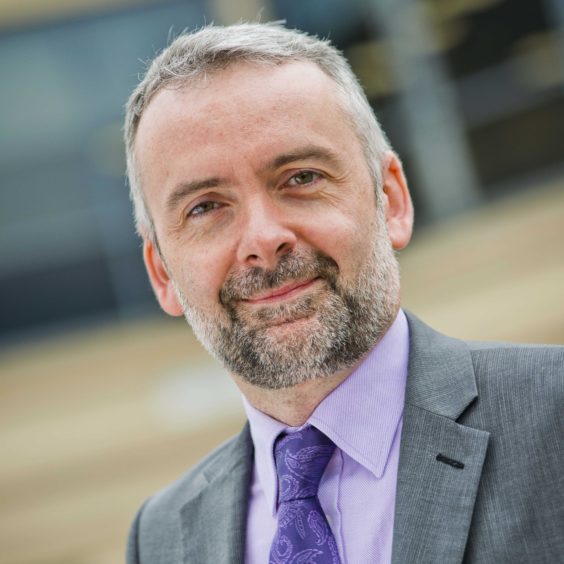Thousands of patients are waiting more than 12 weeks to get an appointment with eye specialists in hospitals.
In June across Grampian, 2,366 people were waiting more than three months to be seen – compared to 555 at the start of the pandemic.
Waiting times had previously been reducing since September 2019, but started to increase in March last year when services were reduced due to the coronavirus outbreak.
Across the Highlands in June, 737 people were forced to wait longer than 12 weeks to be seen for their first appointment. That’s compared to 89 people in waiting in March last year.
Charity Sight Scotland and Sight Scotland Veterans is now calling for action to be taken by health boards, to ensure no patients has to wait longer than the target waiting time of 12 weeks.
Eye patients should be treated quickly to ensure the best outcomes
“It is vital action is taken to address these increasing waiting times for thousands of patients,” Mark O’Donnell, chief executive of Sight Scotland and Sight Scotland Veterans said.
“For many eye conditions it is essential they are treated quickly to secure the best outcome for the patient.
“The Covid pandemic has resulted in unprecedented challenges for our NHS, and the fantastic specialist staff in our eye health services need to be supported by an action plan with the necessary resources to tackle these delays in treatment.”
What are the health boards saying?
NHS Grampian said the health board had been making “excellent progress” reducing waiting times between September 2017 and June last year with a 50% drop in patients on ophthalmology waiting lists.
A spokesman said the service had been redesigned and said the reduction in waiting times was also down to the hard work of frontline staff.
However, the board acknowledged that the pandemic had had a negative impact on services.
“Wait times within ophthalmology are currently longer than we would like and we apologise to those affected and thank them for their patience and understanding,” the spokesman said.
“Unfortunately, like with many services, ophthalmology has been adversely affected by the impacts of the Covid-19 pandemic.
“For example staff have been redeployed to other areas; there has been increased staff absence; there are longer times between appointments for cleaning; social distancing is in place, reducing capacity in some areas; and the service was suspended for non-urgent procedures early in the pandemic.”
The health board spokesman added they were confident waiting lists would ‘drastically be reduced’ once the pandemic was over.
Last month it emerged that eye operations at Aberdeen Royal Infirmary had also been suspended due to dust from an ageing ventilation system causing infections in patients.
All invasive eye procedures have been temporarily moved to short-stay theatres in the hospital, but a reduced three-day service is being offered to patients until the system is replaced.

NHS Highland said cataract assessments stopped during lockdown and only sight-threatening conditions were treated.
A spokeswoman said: “The majority of cataract patients now have a telephone cataract assessment which determines whether they should proceed to cataract surgery.
“With this revised cataract pathway we will now start to see the numbers of ophthalmology patients waiting over 12 weeks stabilise and reduce as we work through the backlog that has unfortunately accrued during this time.”
What will the Scottish Government do to help the NHS reduce waiting times?
The Scottish Government has just set out an NHS Recovery Plan which promises a 10% increase in appointments for hospital outpatients, compared to pre-pandemic levels, over the next five years.
To achieve this healthcare systems will be redesigned across Scotland.
A Scottish Government spokeswoman said: “Health boards have had to take some extremely difficult decisions and in some cases have suspended elective surgeries, including eye surgeries.
“The decision to postpone a procedure is never taken lightly and boards are working hard to ensure vital care remains in place where clinically agreed.
“There is no silver bullet to solve these challenges, but the NHS Recovery Plan we published sets out our plans and ambitions for recovering health and social care over the next five years – supported by targeted investment to increase capacity and develop new methods of delivering service.”

